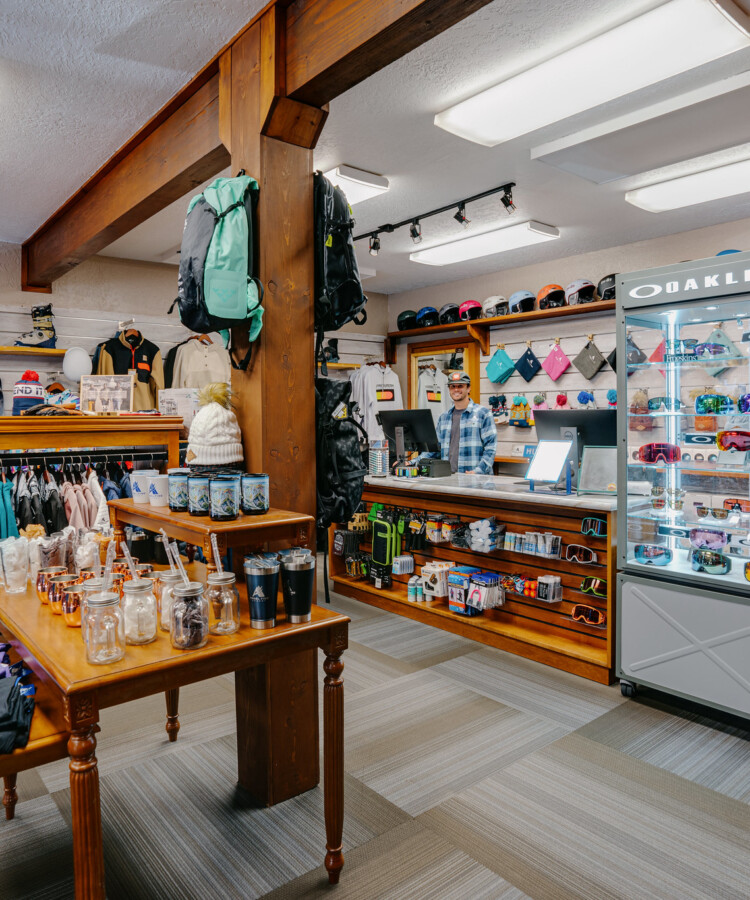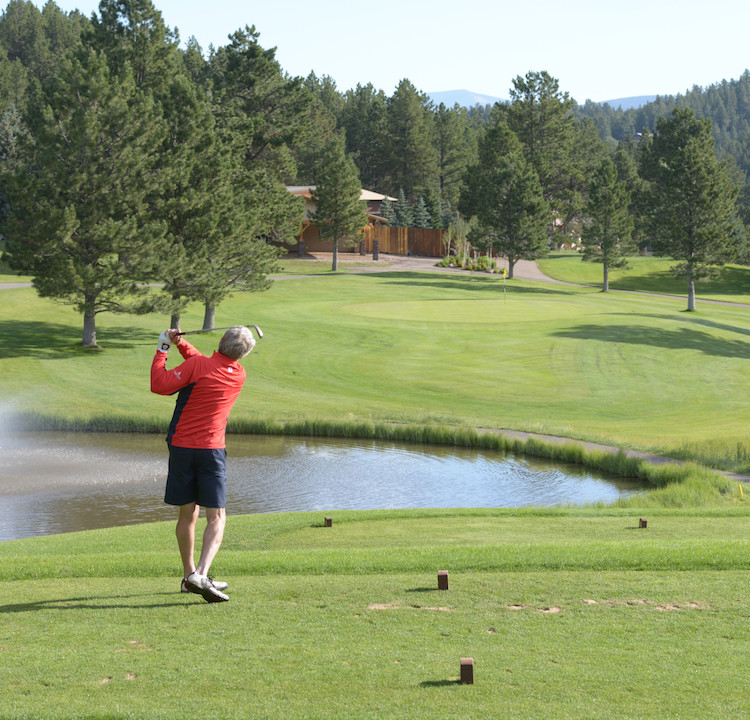

Here at Angel Fire Resort, we believe our Rocky Mountain getaway offers outdoor enthusiasts of all ages the Best Snow in New Mexico. But we also understand why snow goes by many names. Snow is more than the cold, fluffy stuff that quietly falls from winter skies. Snow is an event that means many different things to people all around the globe. More importantly, the unique way a culture communicates about snow tells us a lot about why it continues to fascinate and delight. In honor of our favorite meteorological phenomenon, let’s explore the language of snow.
Language of Snow in translation
Snow falls on every continent, and almost every culture has its own name for our favorite form of frozen precipitation. And, not unlike snow itself, each of those names has its own character and texture.

Whatever language you speak, you can’t spell “family-friendly winter fun” without “snow” — or “Angel Fire.”
- Spanish: La nieve
- French: Neige
- Italian: Neve
- German: Schnee
- Romanian: Zăpadă
- Navajo: Yas
- Apache: Zas
- Inuit/Yupik: Qanik
- Hawaiian: Hau
- Russian: Cneg (Cнег)
- Finnish: Lumi
- Arabic: Althalj (الثلج)
- Mandarin: Xuě (雪)
- Japanese: Sunō (スノー)
- Korean: Nun (눈)
- Hindi: Himapaat (हिमपात)
- Swahili: Theluji
Snow by any other name
Harder to translate, however, are the feelings associated with snow. And snow can evoke a wide range of sensations and emotions. In English, we commonly use adjectives like “magical,” “glittery,” “dazzling,” “crystalline,” and “pure” when talking about snow. Meanwhile, in Spanish, the loose, powdery snow that’s perfect for skiing, sledding, and other playful activities is often called “nieve azúcar” or “sugar snow.” Pretty sweet, right?
Our special relationship with snow helps explain why people who live where it’s a daily fact of life have written entire dictionaries to describe its various types and consistencies. Icelanders, for example, uses as many as 46 distinct words to talk about snow. The indigenous Sami of Scandinavia have 180 names for snow, including different words to describe a thin layer of frozen snow (skava), slushy snow (soavli), and — best of all — powder (vahca).
But no one, not even the Inuit, can best the Scottish in this department. The Scots have over 420 words for snow. That’s one word for large snowflakes (skelf), another for melting snow (glush), and yet another for snow showers (flindrikin), to name just a few.
Know your snow language
Still, English is no slouch when it comes to snow words. Did you know that a light snowstorm is a skift? Or that granular snow pellets are called graupel? One thing we can all agree on is the definition of a blizzard — or can we? A snowstorm must feature three hours of continuous snowfall, 35 mph winds, and visibility of a quarter-mile or less to achieve blizzard status. Now that’s some serious snow!
Here are some other English snow words you might want to add to your vocabulary.
- Corn snow: When snow undergoes several cycles of melting and refreezing, it can form large, rounded crystals that resemble corn kernels.
- Dendrite: The classic snowflake — the kind you may have learned to cut out of folded paper in elementary school — takes the shape of a six-pointed star. The technical term for this crystal structure is “dendrite.” It means “tree-like” and refers to the branching patterns that define each of the star’s rays.
- Crust: Watch out for this snow. Although it may feel rock solid on top, it can be soft and slushy underneath. Moreover, some crusts are breakable while some aren’t.
- Firn: As it settles on the ground, fresh snow begins to compact. Eventually, it freezes and forms sheets of ice. Firn is “old snow” (usually from a previous season) that has yet to undergo this process.
- Flurry: When snow falls for only a few minutes and doesn’t produce any accumulation, it’s flurrying.
- Needle: The term describes a type of snowflake that is much longer than it is wide. It’s probably not something you can see with the naked eye, but you’ll definitely feel it on any exposed skin!
- Snirt: If sleet is rain and ice mixed with snow, then snow mixed with dirt is snirt.
- Sun cups: When the right amount of bright sunshine falls on a snowfield at the right angle, it can create these bowl-shaped depressions.
Snow in the Southern Rockies
The Rocky Mountains stretch from almost one end of North America — Canada — to the other — New Mexico. At the range’s southernmost tip, the weather can be unpredictable. But you can usually count on one thing: that the elevations in and around Angel Fire Resort will get quite a bit of snow. In fact, we average upwards of 210 inches of the Best Snow in New Mexico every year.
That consistent accumulation is what makes Angel Fire Resort an ideal destination to explore and play in the snow. Beyond skiing and snowboarding (available day or night), our mountain is also a fantastic place to tube, sled, and adventure on miles of snowshoeing and cross-country trails.
Whatever language you speak, you can’t spell “family-friendly winter fun” without “snow” — or “Angel Fire.” Book your stay at our New Mexico family resort today!











